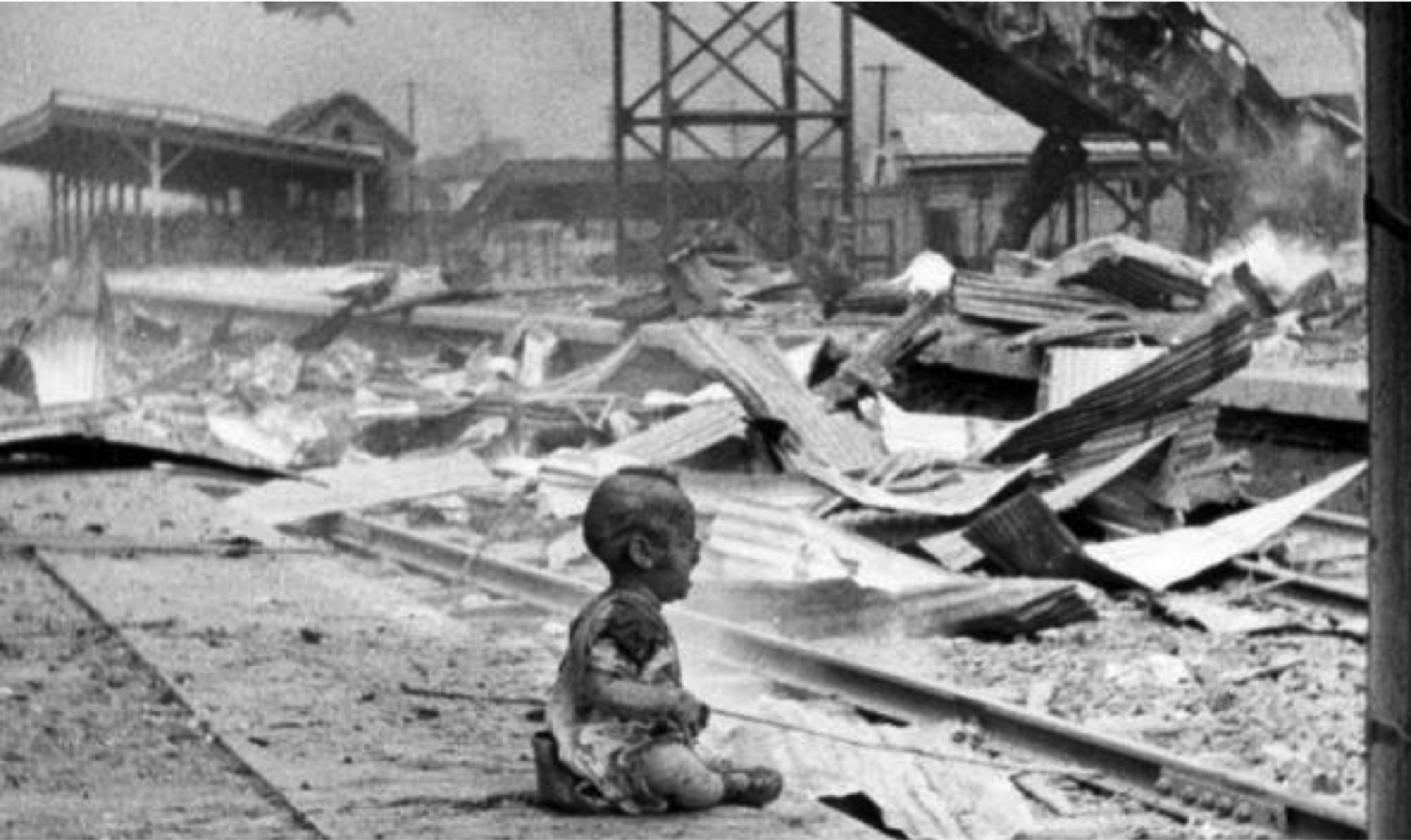
Reality Check: Video Essay on the 1945 Atomic Bombings of Hiroshima and Nagasaki
Arms Control Association
(July 31, 2020) — Seventy-five years ago on July 16 1945, the nuclear age began with the world’s first nuclear weapons test explosion in the New Mexico desert. In this annotated video essay from the Arms Control Association, we describe the events that transpired three weeks later with the atomic attacks on the cities of Hiroshima and Nagasaki.
A more detailed review of the geopolitical, environmental, and humanitarian impact of nuclear weapons, the rise of a global disarmament movement, and the work of the hibakusha (survivors of the nuclear attacks) is available in our special July/August 2020 issue of Arms Control Today, available at ArmsControl.org/75years.
TRANSCRIPT:
On July 16, 1945, in the New Mexico desert, the United States detonated the world’s first nuclear weapons test explosion.
Three weeks later, US bombers carried out surprise atomic bomb attacks on the cities of Hiroshima and Nagasaki.
At 8:15 in the morning on August 6, the uranium-based atomic bomb “Little Boy” was used on Hiroshima, home of approximately 320,000 people.
The blast packed a destructive force equivalent to about 15 kilotons of TNT.
In minutes, half of the city … vanished.
The explosion produced a supersonic shock wave followed by extreme winds that remained above hurricane force over three kilometers from ground zero.
A secondary and equally devastating reverse wind followed, flattening and severely damaging homes and buildings several kilometers further away.
The intense heat of the Hiroshima bomb reached several million degrees Celsius and scorched flesh and other flammable materials over three kilometers away.
Flash burns from the primary heatwave caused most of the deaths at Hiroshima.
Three days later, US leaders ordered “Fat Man,” a plutonium-based bomb with an explosive yield of 21 kilotons, dropped on Nagasaki, home to over 260,000 people.
The attack occurred two days earlier than planned, 10 hours after the Soviets entered the war against Japan, and as Japanese leaders were contemplating surrender.
Intense firestorms ravaged each city for hours after each attack. They leveled neighborhoods only partially damaged by the blast itself, killing more victims trapped under fallen debris.
Black rain laden with radioactive soot and dust contaminated areas far away from ground zero.
By the end of 1945, the blast, heat, and radiation of the nuclear attacks had killed an estimated 74,000 in Nagasaki and 140,000 in Hiroshima.
Many of those who survived the nuclear attacks would die from radiation-induced illnesses for years to come.
Historians now largely agree that the United States did not need to drop the bombs to avoid an invasion of Japan and bring an end to World War II.
Though aware of alternatives, President Harry Truman authorized use of the bombs in part to further the US government’s postwar geostrategic aims.
Survivors of the nuclear attacks, known as hibakusha, and their descendants formed the nucleus of the Japanese and global nuclear disarmament movements.
The remaining hibakusha and organizations around the globe continue to work for a nuclear weapons-free world “so that succeeding generations of people will not see hell on earth ever again.”
Today, nine states still possess more than 13,000 nuclear weapons.
The risk of nuclear war is still with us.
To reduce this danger, we must freeze and reverse the arms race and, ultimately, eliminate nuclear weapons.
For more information: ArmsControl.org/75years
Written by Daryl G. Kimball; Edited and Produced by Tony Fleming
Photos Credits:
Atomic Heritage Foundation, Hiroshima Peace Memorial Museum, UN/Nagasaki International Cultural Hall, UN/Yosuke Yamahata, Galerie Bilderwelt/Getty Images, Joyce Naltchayan/AFP via Getty Images, Tomohiro Ohsumi/Getty Images, Junko Kimura/Getty Images, Bettmann/Getty Images, Peter Parks/Getty Images.
Posted in accordance with Title 17, Section 107, US Code, for noncommercial, educational purposes.